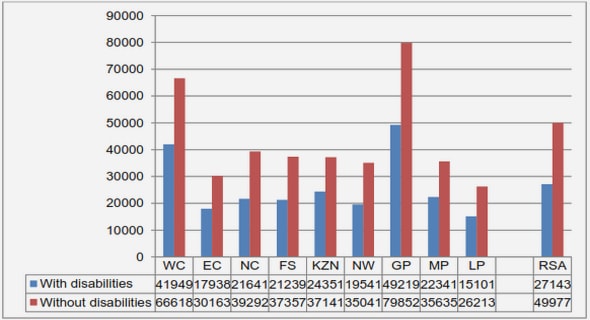(Downloads - 0)
For more info about our services contact : help@bestpfe.com
Table of contents
1 STATE OF THE ART: AN OVERVIEW OF RECENT MISSIONS
1.1 Introduction
1.2 Introduction to microwave remote sensing
1.2.1 Why microwave remote sensing ?
1.2.2 Radiometry
1.2.3 Aperture Synthesis
1.3 History of microwave remote sensing
1.3.1 Radars
1.3.2 Radiometers
1.4 Rationale for the use of L-Band
1.5 Earth observation using microwave remote sensing
1.5.1 Science motivation
1.5.2 Soil Moisture (SM)
1.5.3 Sea Surface Salinity (SSS)
1.6 Retrieval algorithmic schemes
1.6.1 Iterative approach
1.6.2 Soil moisture retrieval
1.6.3 Sea Surface Salinity retrieval
1.6.4 Neural Network approach for SM retrieval
1.7 Dedicated L-band Earth observation missions
1.7.1 Soil Moisture and Ocean Salinity (SMOS) mission
1.7.2 Aquarius/SAC-D
1.7.3 Soil Moisture Active and Passive (SMAP) mission
1.8 Summary
1.9 Prospects
2 EARTH OBSERVATION USERS’ NEEDS
2.1 Introduction
2.2 Applications
2.2.1 Study of climate change
2.2.2 Weather prediction & forecasting
2.2.3 Drought and flood monitoring
2.2.4 Disaster management
2.2.5 Agriculture and water resources management
2.2.6 Forest stocks and carbon concentration assessment
2.2.7 Ocean management
2.3 Challenges
2.4 Users’ needs
2.5 Conclusion
3 TEMPORAL CORRELATION IMAGING: GENERALIZATION OF THE VAN CITTERT–ZERNIKE THEOREM
3.1 Introduction
3.2 Spatio-temporal interferometry
3.3 Generalization of the Van Cittert-Zernike theorem
3.3.1 Introduction
3.3.2 Model
3.3.3 Electric field
3.3.4 Correlation function
3.3.5 Discussion
3.3.6 Conclusion
3.4 Similar concepts
3.4.1 Very Long Baseline Interferometry (VLBI)
3.4.2 2D Doppler-Radiometer
4 FOURIER CORRELATION IMAGING: ANALYTICAL DERIVATION
4.1 Introduction
4.2 Theoretical model
4.2.1 Electric field
4.2.2 Fluctuations of sources
4.3 Fourier Correlation Imaging
4.3.1 Introduction
4.3.2 Electric field spectrum
4.3.3 Correlation function
4.3.4 Properties of the correlation function
4.3.5 General expression of the correlation function
4.3.6 Simplified expression of the correlation function
4.3.7 Study of the HOI kernel
4.3.8 Analytical inversion of the correlation function
4.3.9 Estimation of the geometric resolution
4.3.10 Discussion
4.4 Appendix: Thermal fluctuations and their fundamental laws
5 FOURIER CORRELATION IMAGING: NUMERICAL DERIVATION
5.1 Introduction
5.2 Numerical quadrature of the highly oscillatory integral kernel
5.2.1 Introduction
5.2.2 Theoretical model
5.2.3 Quadrature methods for highly oscillatory integrals
5.2.4 Analytical derivations of the quadrature
5.2.5 Quadrature simulation results
5.2.6 Discussion
5.2.7 Conclusions
5.3 Numerical processor: derivation & results
5.3.1 Introduction
5.3.2 Numerical simulations using frequency translation
5.3.3 Numerical simulations using the quadrature of the HOI kernel
5.3.4 Numerical simulations in the ultra-sound regime
5.3.5 Discussion on the FDT assumption
5.3.6 Conclusions
CONCLUSIONS & PERSPECTIVES




